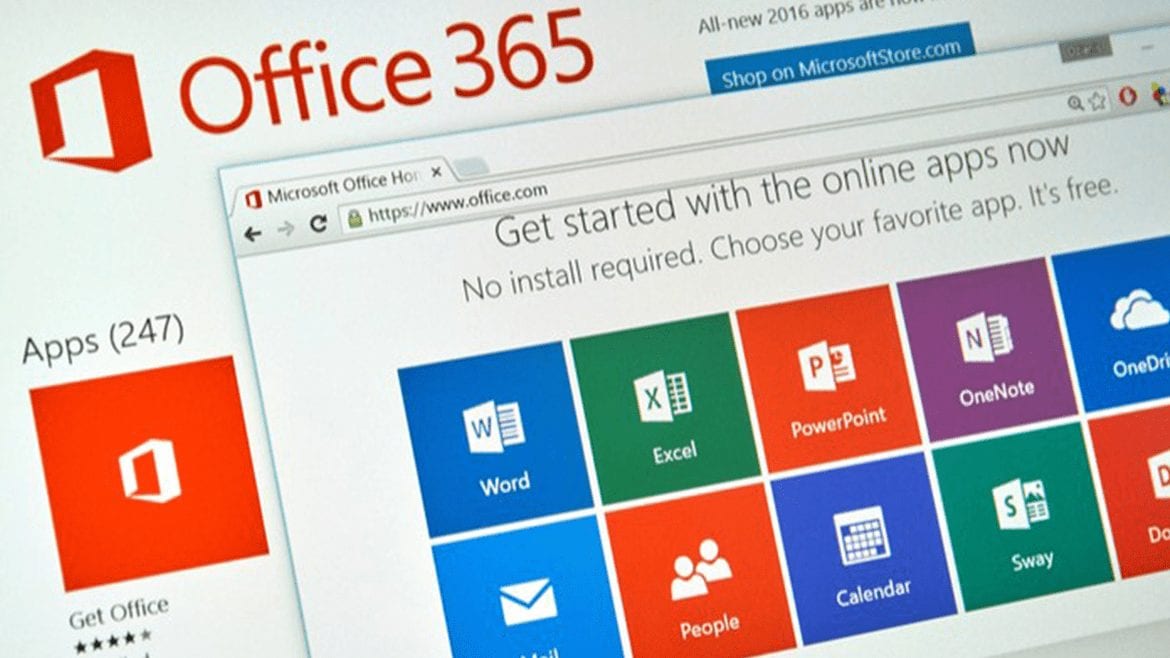The healthcare industry has been steadily moving towards consumerization. It means that, as the industry moves towards value-based care and patients demand easier access to their data, cyber threats are also increasing. With greater patient access such as telemedicine, mobile, patient portals, and remote platforms, the threat surface has also increased.
To decrease this threat, two-factor or multi-factor authentication (2FA), was introduced. A 2FA is a method of confirming a user's identity by using a combination of two different factors. One such example is when a person wants to withdraw money from an ATM by using a combination of their bank card and PIN. Similar is the use of a password and generated code.
Nevertheless, a security researcher has recently released a hacking tool that can automate phishing attacks and break through multi-factor authentication with relative ease.
What Does This Hacking Tool Look Like?
Developed by Piotr Duszynski, Modlishka is a reverse proxy tool designed to handle traffic from both login pages and phishing attacks. The device is launched between the user and the target website, where the user is connected to the Modlishka server through a phishing domain.
Traditionally, phishing campaigns are disguised to resemble the target website as close as possible. It can include sent emails that look nearly identical to the corporate address. But with Modlishka, users are brought through all the legitimate site passes, where it records their information.
What this means is that all passwords and credentials inputted by the user will automatically record into the hacking tool's backend. At the same time, the tool will request users to enter their two-factor authentication. If the hacker monitors and collects this information in real-time, they can use it to log into the system and the victim's account. All that hackers need to leverage this tool is a phishing domain to host the server and a valid TLS certificate.
In his blog, Duszynski said that “I hope that this software will reinforce the fact that social engineering is a serious threat, and cannot be treated lightly. So the question arises: is 2FA broken? Not at all, but with a right reverse proxy targeting your domain over an encrypted, browser trusted, communication channel one can really have serious difficulties in noticing that something is seriously wrong.”
He also went on to say that “Include lack of user awareness, and it literally means giving away your most valuable assets to your adversaries on a silver plate. At the end, even the most sophisticated security defense systems can fail if there is no sufficient user awareness and vice versa for that matter.”
How to Protect Against Modlishka
The best method to protect your organization against this threat is by using hardware two-factor authentication, based on the U2F protocol. The next step of the process should include raising awareness of the danger of reverse proxy phishing attacks among staff members and other users.
Also, a good password management solution may also be required, as they continue to be a strong defense against phishing attacks. Such a solution will not prompt you to enter your password on a domain it doesn't recognize, meaning that you won't end up giving up your credentials unless the URL is safe.
Takeaway
When it comes to the healthcare industry, user authentication is at the highest risk of cybercrime. And with the introduction of this new tool, as well as others that may exist, this risk is further increased.
Health organizations can reduce this risk by leveraging the right types of technologies and by supporting their employees to meet security best practices. If you need any help Managed Solution is at your service. Our specialists will determine the best solution that will fit your needs.
Continued Reading

July 1, 2019
What Should a CIO Strategy Look Like in 2019?
With the current technological revolution sweeping through all aspects of […]
LEARN MORE
July 14, 2019
What Are the Security Features of Office 365?
With more and more companies embracing cloud computing, the long-held […]
LEARN MORE

